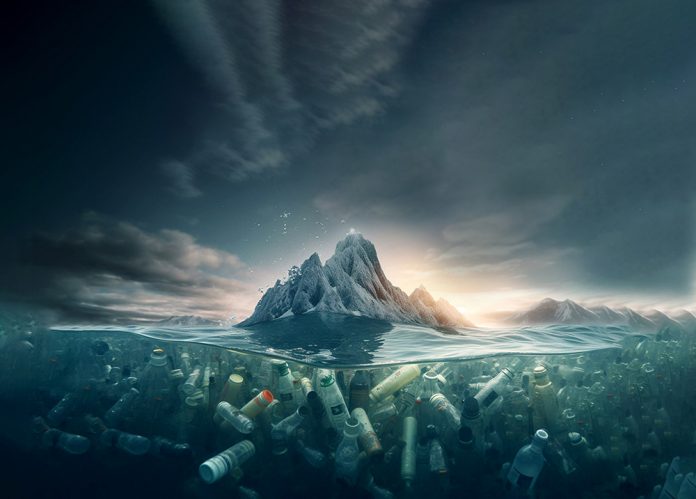Recycling is not enough to solve the global plastic pollution crisis. Everyone must change how they use and dispose of plastic, says Chris Williams, CEO of ISB Global.
In a blog post, Williams responds to a recent report by Greenpeace warning that recycling alone is not the sole solution to the plastic pollution crisis. The report emphasises the urgent need for alternative approaches to tackle the problem.
“Recycling plays a vital role in waste management, but it’s nowhere near enough to solve the current global problem with plastic pollution,” said Williams. “We need to improve current recycling efforts, but also reduce our production and consumption of single-use plastic: and encourage far greater plastic reuse as well.”
The Greenpeace report published in late May on the eve of a UN global plastic pollution summit in Paris attended by more than 170 countries. The summit aimed to agree a legally binding global treaty on plastic production and disposal. But it ended without agreement on a range of important details.
With the international community deadlocked, Williams points to three practical steps to curtail plastic pollution:
Acknowledge the limitations of recycling: Recycling has long been championed as the primary solution to plastic pollution, but it has its limits. Recycling processes can inadvertently increase the toxicity of plastic, which poses risks to both the environment and human health.
New microplastic filtration systems are already being developed that remove microplastics from wastewater treatment plants and prevent them from entering waterways and ecosystems. The waste industry now needs to devise improved recycling methods that prioritise the elimination of harmful substances and produce safer materials as well.
Reuse more plastic: Reusing plastic products extends their life cycle and significantly reduces the demand for new plastic. Durable, reusable and environmentally friendly products such as Yeti Bottles and Ocean Bottlesreduce plastic waste and minimise the environmental impact.
Many countries and local authorities have already implemented plastic bottle deposit schemes and also promote the use of refillable containers. These initiatives reduce the number of discarded single-use plastic items by incentivising consumers to reuse bottles and containers instead.
Reduce single-use plastic: It sounds obvious but tackling plastic pollution has to involve reducing the production and consumption of single-use plastic. Items like food wrappers, drink bottles, and plastic bags are major contributors to the problem. Food manufacturers and retailers need to step up their efforts to replace single-use items with innovative alternative packaging solutions made of biodegradable or compostable materials.
The food industry is making significant advances on this issue. At the end of May, Mars announced a UK trial of recyclable paper wrappers for its eponymous chocolate bar. Although challenges remain, progress in the area is promising.
Williams also underlines the long-term importance of establishing circular supply networks to replace current processes of production and consumption. “Implementing sustainable circular supply networks – that is, closed-loop systems where all resources are continuously reused and recycled – reduces waste and minimises the demand for new raw materials as well. This in turn mitigates the environmental impact of plastic production,” he explained.
“The circular supply network is a paradigm shift in how we manage all waste and resources, not just plastic. By implementing changes in manufacturing and materials used, waste transforms from being a problem to a valuable resource that can be reintroduced into the production cycle. Adopting a circular approach is a long-term solution to properly address the challenges posed by plastic pollution and other waste.”
Williams continued, “The Greenpeace report is a sobering reminder of the limitations of recycling as a solution to the plastic waste problem. With efforts on a shared international plan to end plastic pollution currently stalled, the responsibility falls to governments at a national and local level, together with business and the waste management industry, and consumers themselves.”



